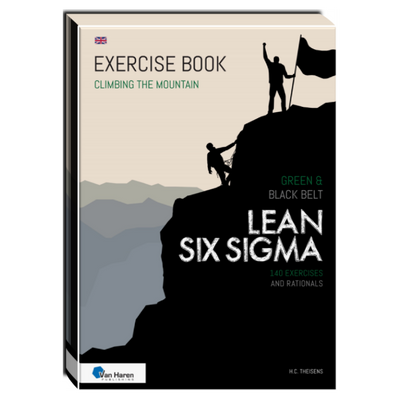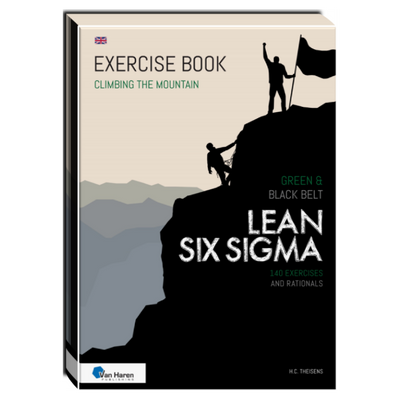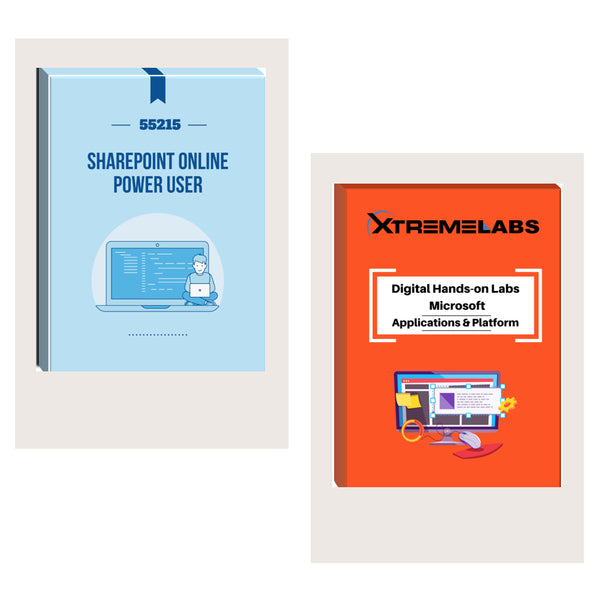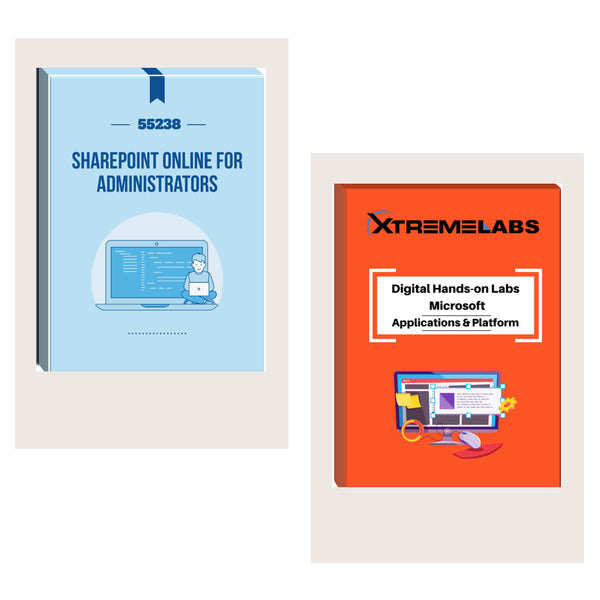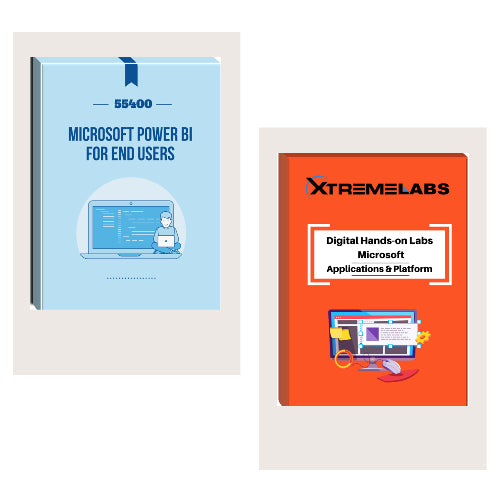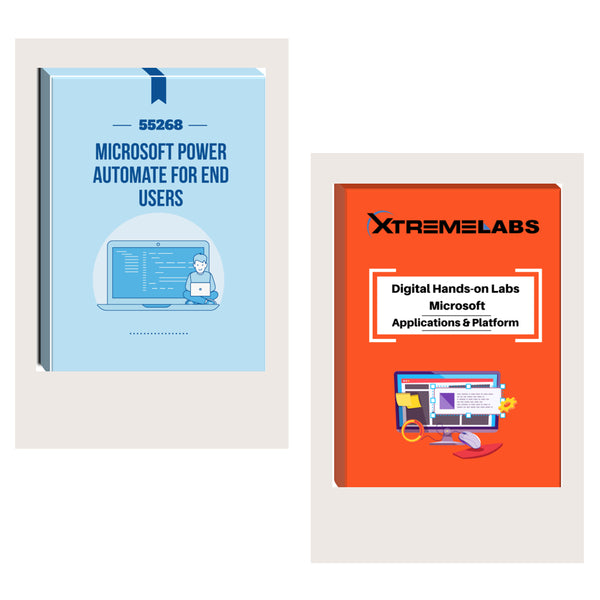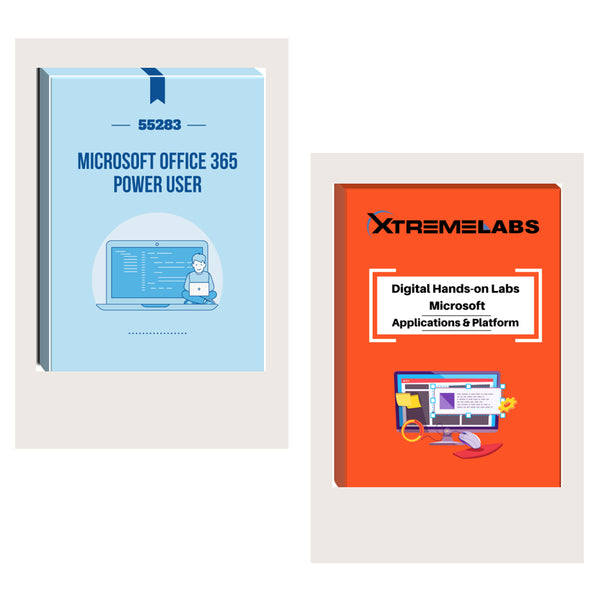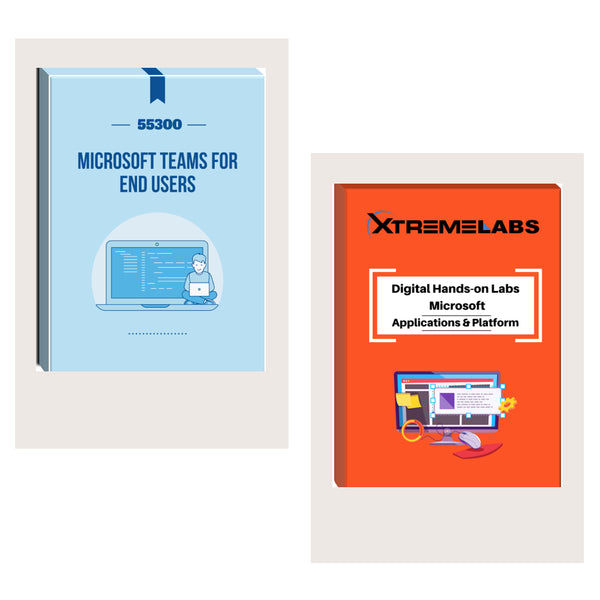Tags: Courseware , Lean Six Sigma , lean six sigma courses , lean six sigma green belt , lean six sigma project management , six sigma green belt study guide
Lean Six Sigma Green & Black Belt Courseware – 140 Exercises and Rationals
- Brand: Van Haren Publishing
- Availability: In Stock
$40.96
The structure of this book is based on the LSSA Skill set for Lean and Six Sigma Green Belt All of the techniques described in these Skill set will be reviewed in this book. The Lean elements will be discussed in chapter 1 to 6. The Six Sigma elements will...
The structure of this book is based on the LSSA Skill set for Lean and Six Sigma Green Belt All of the techniques described in these Skill set will be reviewed in this book. The Lean elements will be discussed in chapter 1 to 6. The Six Sigma elements will be discussed in chapters 7 and 8.
This book can be used for two purposes. Firstly, it acts as a guide for Green Belts undertaking a Lean or Six Sigma project following the DMAIC roadmap (‘Define – Measure – Analyze – Improve – Control’). Secondly, this book serves to determine where the organization stands and what the best strategy is to get to a higher CIMM level.
Key Benefits
You can find many different books on Lean Manufacturing or Six Sigma. This book is different because it addresses the relation between Lean and other improvement methods that have been proven to be successful over the past decades, such as TQM, Kaizen, TPM and Six Sigma. These methods, tools and techniques have been united in the ‘Continuous Improvement Maturity Model’ (CIMMTM).
CIMM is an open standard and is maintained by the ‘Lean Six Sigma Academy’ (LSSA). The framework describes the process of Continuous Improvement from a very early stage through to delivering World Class products and services. The CIMM framework connects Lean, Six Sigma and other improvement methods. The framework incorporates the best practices, methods and techniques of process improvement, quality management and new product development. The framework also connects the so-called ‘Hard’-elements of process improvement and the so-called ‘Soft’-elements of organizational development and change management.

